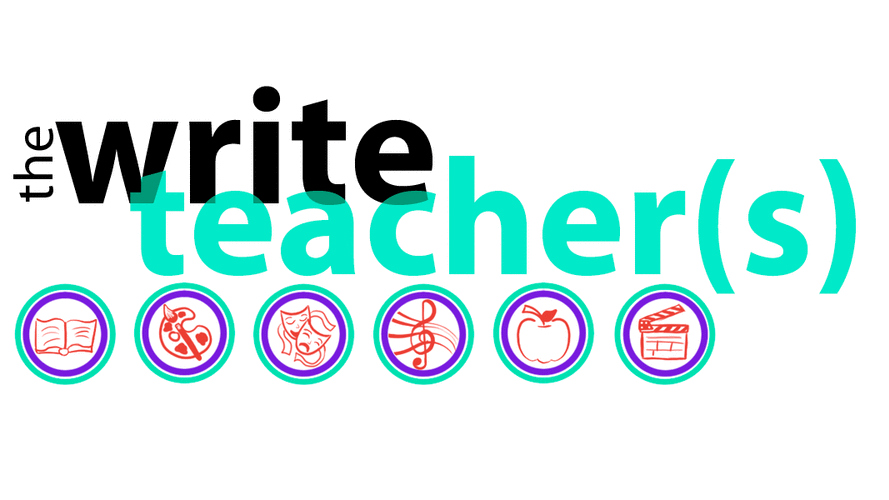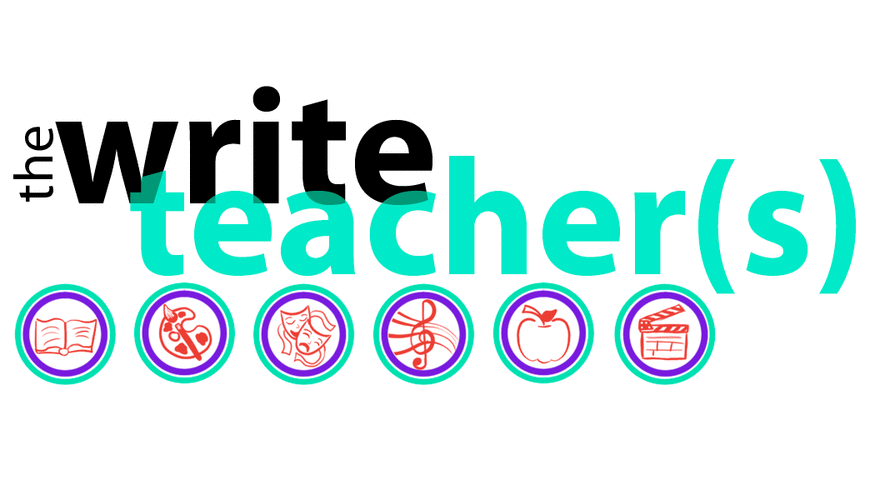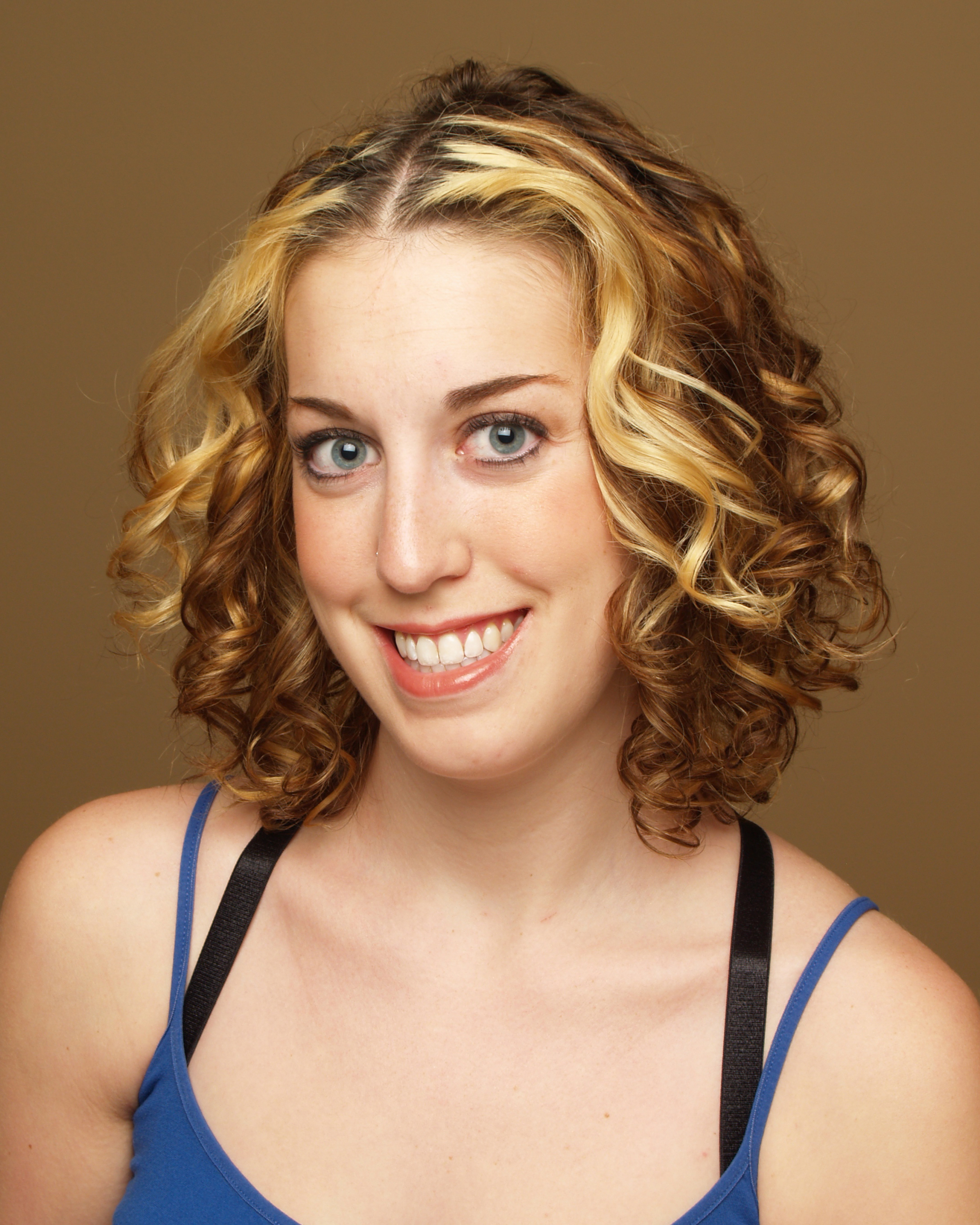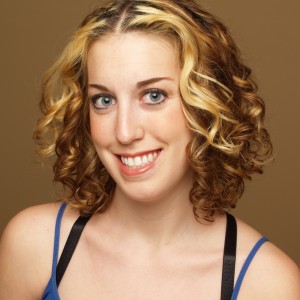Hello Beautiful People,
I had the pleasure of attending graduate school with the ever passionate, ever gracious, ever inquisitive, Ms. Erin Rachel Kaplan. She is a dynamo of sorts, a visionary, a crusader of justice, and a dear, dear, dear friend. I’ve been privileged to play Rajeey and The Woman in White in Collateral Bodies, and I’m so excited to share this Q&A with you all. Erin is the true essence of a Mover & Shaker.
TWT: Can you explain to our readers about your play, Collateral Bodies?
ERK: Collateral Bodies is a play that investigates human rights violation that happen specifically to women around the world. While human rights violations are universally atrocious, they always seem to be just a little more so for women and for most part, we evaluate “rights’ though a western feminist context. This play seeks to subvert those assumptions asking what is a human right, why do we violate them, and investigates the role of sex and gender as a tool for empowerment, procreation, violence, defeat and commerce as it applies to different cultures around the world.
The purpose of this performance is to open a discussion about the role that human rights (or the lack thereof) play in the lives of women in six specific cultures; American, Mexican, Indian, Arab, Somali and Eastern European, and in five specific instances that are representative of a larger and more universal disregard for the lives and bodies of women. This play investigates what specifically is a human right and critiques the Western scope through which we often view human rights. In essence, it is about our universal humanity despite inhumane circumstances.
This performance is grounded in research taken from various news articles, published interviews, documentaries and scholarly essays on topics such as; sex-trafficking, rape, female circumcision, bride burning, domestic violence and issues of incarceration. Although no personal interviews could be conducted due to the transnational nature of this piece, its purpose and structure are inspired by the work of artists such as Anna Deavere Smith (“Twilight Los Angeles,” and “Fires in the Mirror”) and Jessica Blank and Erik Jensen (“The Exonerated”), in that each woman’s story is presented as a personal interview, all of which are interwoven to create a unique presentation of text, movement, and poetry.
More: Discovering which women I wanted to explore was the easy part. I wrote the character of Hope in one sitting with no research. I had been working in prisons, and with women in prisons, and for an organization that advocated for clemency for battered women for several years. I just sat down and wrote all the stories I had been told into her narrative.
Esperanza was also a given. I had worked with the V-Day College Campaign from 2002-2005 and one of our international women’s rights issues was the disappeared women in Juárez, Mexico. Again, that monologue was written in just one session of looking over what I had learned when I was working with the organization, hosting viewing parties of documentaries on the subject, and facilitating forums on the ongoing violence and the US role as an “accomplice.”
From there I had to do research. Initially, I had a little girl character who dies as collateral damage in a US bombing in Iraq (hence the title Collateral Bodies) but she didn’t survive the first edit. I realized that this play was not about the things that happen everywhere in all wars, this play was about groups of people, societies, governments, gangs, etc., who consciously make efforts to maim, rape and murder women.
I knew I wanted to talk about sex trafficking, but I had no idea how I wanted to approach it. Once I found the transcripts of Sex Slaves, the PBS documentary citing in the text, I knew I had found my narrative.
Rajeey came about as a reaction to talk I had ben hearing about Female Genital Mutilation and how terrible and awful it was and how “we needed to stop it.” This really bothered me because while I think its terrible (I included it in a play about violence against women after all!) I felt it was important to demonstrate that there is a cultural acceptance behind the act and that simply telling an entire nation that what they do is “wrong” might not be the best way to change the system. We need to understand why they do this and support (through education, health care and economic empowerment) local women to change local customs. In essence, I really felt that everyone talking about FGM (or female genital cutting) had a really big “White Savior” complex that I wanted to subvert.
I felt the same way with Omid. I wanted to show an Eastern Feminist. She wants Sharia Law (as do most women in Islamic nations (statistically speaking)), but she doesn’t always agree with the interpretation of it in her community. She sees the injustice being done to her, but that doesn’t mean that she has to choose not to be religious as a reaction. This story specifically came from a relatively recent news story I had read about a woman in Iran who had this happen to her. It is definitely the most rarely occurring of all the narratives, but it exists and is obviously problem.
Finally, Asha came to me through a series of google searches to be perfectly honest. I knew I wanted to address honor-killings, but it was difficult to determine what instance of it I wanted to investigate. Honor-killings happen all over the world, so I had to look up statistics to find out where it was most prevalent and most illustrative of the larger issues present. I ultimately decided between India and Pakistan but felt that choosing Pakistan would lead people to say, “Well, you know how they are all terrorists!” Pakistan’s image in the US is not particularly flattering and I didn’t want to make it so easy for the audience to write-off. India, on the other hand, is an ally of the US and a place we think of as being “developing,” full of new opportunities, call-centers, Bollywood films and glorious vacation spots. I wanted to remind the audience that India is not monolithic and that in the poverty that exists outside of the city there lies deep and violent attitudes towards women.
The Woman in White is a goddess of sorts. She connect the women to one another emotionally, physically and intellectually she is the one who makes the stage space safe for the others to tell their stories and who facilitates their telling of it. She is the midwife to their truths.
To be honest I wasn’t entirely sure who she was until we staged it a few years ago. The women who played her found tremendous depth in her character. She saw herself as their mothers and sisters and daughters who bring them the thing they need to be at peace.
Physically, she should be (if not a dancer) a mover, a physical actor who can use her body to create that safe space. Moreover, this play is very much about witnessing and taking responsibility. The audience needs to hear these stories. They need to learn about what the world is like for the vast majority of women in it. The Woman in White stages a kind of witnessing. She is a living breathing archive of their stories.
TWT: What went through your head when you were notified that Dramatics Publishing wanted to publish Collateral bodies?
ERK: Honestly, I didn’t think it was real. I was convinced that the whole thing would fall apart so (although I was incredibly flattered), I didn’t really let myself believe it was real until I had my ten free copies in my hands! When we did a production a few years ago, and an independent filmmaker told me that she wanted to do put it on-screen. We met a few times and I was so excited… and then she basically disappeared. I knew that it was totally possibly that this could happen again. So I didn’t want to get my hopes up too much.
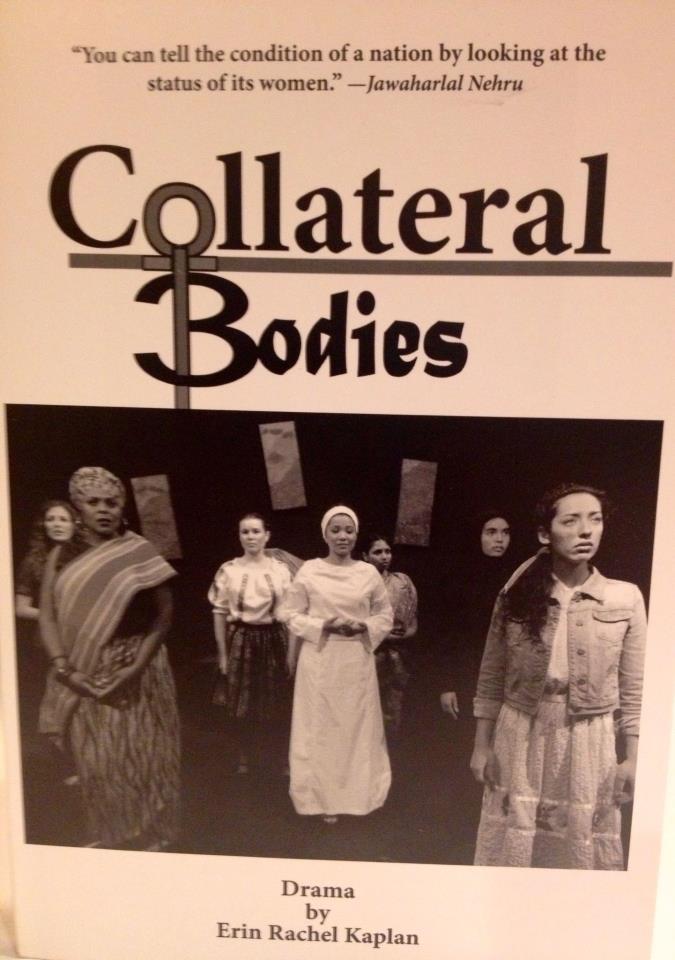 TWT: If you were to give young playwrights three pieces of advice, what would they be?
TWT: If you were to give young playwrights three pieces of advice, what would they be?
ERK: Write what you are passionate about. For me, it’s what makes me angry, but really it can be anything. You have to think of it this way: if I’m going to have a room full of people in the audience listening, listening to the words I write-what do I need to say?
Do a draft. Then forget about it for a while (months). Then pick it up and do another. Do this a few times and then ask some friends you trust to read it. Do a draft. Forget about it. Draft. Forget about it. Draft. Have some friends over to do a reading. Draft. Forget about it. Reading. Draft. Forget about it. Reading. Draft. Forget about it. Reading. Draft. Forget about it. Reading. You need time and space away from a piece, otherwise you cannot be objective when you work on it. Friends/ family/ other writers are TERRIFIC sounding boards. CB is only 50% mine – the rest is authored by DOZENS of people who gave me feedback in reading it, sat in audiences and reflected, actors who performed, and then some.
TWT: What can the world expect next from Erin Rachel Kaplan?
ERK: Sadly, all that I’m really working on now is my doctorate. I have two more plays playing in my head that I’d love to write, but for now, my focus is 110% school. I hope to publish an academic article or two in the year.
TWT: Here at The Write Teacher(s), many of us work with “at-risk” youth. These students are recovering drug addicts; struggling drug addicts, teenage parents, and almost all of them come from broken homes. The struggles, demons, and anger that our students face is often a hindrance to their progress in school and life in general. Do you have any words of wisdom to offer these students?
ERK: Art is a way out. Maybe not always literally, but figuratively it can be. Create another world, use your imagination, find your voice. Mostly, however, art is a way to be heard. Use your experience to educate and expose others to your world. not only can this be healing to the individual, but it can profoundly affect communities as well. “Art is not a mirror held up to reality, but a hammer with which to shape it.” Bertolt Brecht
TWT: In today’s economy, arts programs in schools are being cut. What reasons would you give a politician for preserving the arts?
ERK: Well, of course there is the argument of arts for art’s sake, which shouldn’t be minimized, but there is also data which clearly shows that students who are exposed to the arts, very simple, do better. Math, science, english, reading, interpersonal skills, EVERYTHING is strengthened. Art makes people better. It teaches students to express themselves, to see things from other people’s point of view, to be accountable to someone other than themselves, to memorize and retain information for long periods of time, to follow directions, to ignore directions and be organic and creative, to think critically, to trust peers, to work well with others…. there is nothing that isn’t made better when art is involved.
TWT: Here at The Write Teacher(s), we believe that art drives life, and theatre transforms lives. Would you agree or disagree with those statements? Why?
ERK: I believe that all art can be transformative. The problem is that there is no way to measure that which is one of the many reasons for draconian cuts in arts-in-education funding. Some experience you have at the theatre might be fun today, and in a week you still think about it, and a month later you have a personal experience which suddenly makes you understand the play on another level, and years later you look at it as a life-changing experience. Not all art can change or transform every person, which is why we need more of it: diversity of ideas, opinions, storytellers, etc.; We cannot be what we cannot see, and therefore need greater representation of different artists in world.
TWT: Just for fun, what’s your favorite movie and play?
ERK: Play: Shakespeare’s The Tempest Movie: Shakespeare In Love (notice a theme?!)
TWT: Who is/was your greatest teacher?
ERK: I’ve been lucky enough to have a handful of teachers who have changed my life at different points in my life. Some have been classroom teachers, others people I’ve only met once, or only were exposed to through their books and theories. Here are a few: Gary Weisserman– my AP History teacher in high school. He taught me that I had been lied to. That nearly everything I had been taught was wrong and that the world (and especially the US) was not the perfect place I had always been told it was. At 16 he had me reading Howard Zinn, Lies My Teacher Told Me, and debunking myths in US history. He taught me how to think critically. We are still close to this day. Rob Leider, my high school drama teacher. He was a lunatic, (in the best possible way). He treated me like an adult, and I could always talk to him about anything. Buzz Alexander. I could write a book about him, a college professor with whom I did theatre in prisons. He fundamentally changed EVERYTHING about me. Turned me into an activist. We too, are still close. Augusto Boal, Paulo Freire, Myles Horton, bell hooks, Margaret Atwood, Toni Morrison, William Shakespeare, Bertolt Brecht, Sam Shephard, Eve Ensler, Rebecca Schneider…. all are my teachers each and every day.
Thank you, Erin!
Live, Love, Learn,
